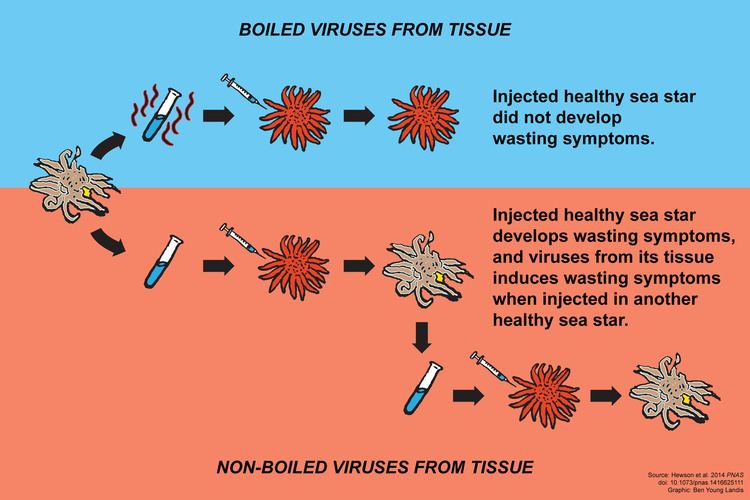Group Group II (ssDNA) Family Parvoviridae Rank Genus | Order Unassigned | |
 | ||
Similar Parvoviridae, Dependoparvovirus, Infectious hypodermal and hem, Litopenaeus stylirostris, Cypovirus | ||
The virus genus Ambidensovirus belongs to the Densovirinae subfamily which belongs to the Parvoviridae family. The viruses of this genus are single-stranded DNA viruses. This genus infects invertebrates, including crustaceans and insects. There are currently six species in this genus including the type species Lepidopteran ambidensovirus 1.
Contents
Taxonomy
Group: ssDNA
Structure
Virions consist of non-enveloped capsids that have a round appearance and display icosahedral symmetry. The virions each have an isometric (and therefore spherical) nucleocapsid with a diameter of either 18–22 nm or 20–26 nm. Sixty capsomers are present in each capsid. The structure of each capsomer is described as "a quadrilateral 'kite-shaped' wedge"; the surface is said to have a rough appearance with small projections. The centre of capsids are sometimes visualised as appearing dark due to stain penetration in preparations where only a single species is retrieved. The virions do not appear to contain lipids. The buoyant density (in CsCl) of the virions is 1.4–1.44 g cm−3.
Genome
Ambidensoviruses are non-enveloped and have icosahedral capsids with T=1 symmetry. They have non-segmented genomes that contain a single linear molecule of single-stranded DNA. The genome codes for structural proteins are about 5000 nucleotides in length and could either be negative-sense or positive-sense. Conserved nucleotide sequences of usually 120–300 or more nucleotides are present at the 3'-terminus and an inverted repeat of this could also be found at the 5'-terminus.
Life Cycle
Viral replication is nuclear. Entry into the host cell is achieved by attachment to host receptors, which mediates clathrin-mediated endocytosis. Replication follows the rolling-hairpin model. DNA-templated transcription, with some alternative splicing mechanism is the method of transcription. Insects serve as the natural host.
